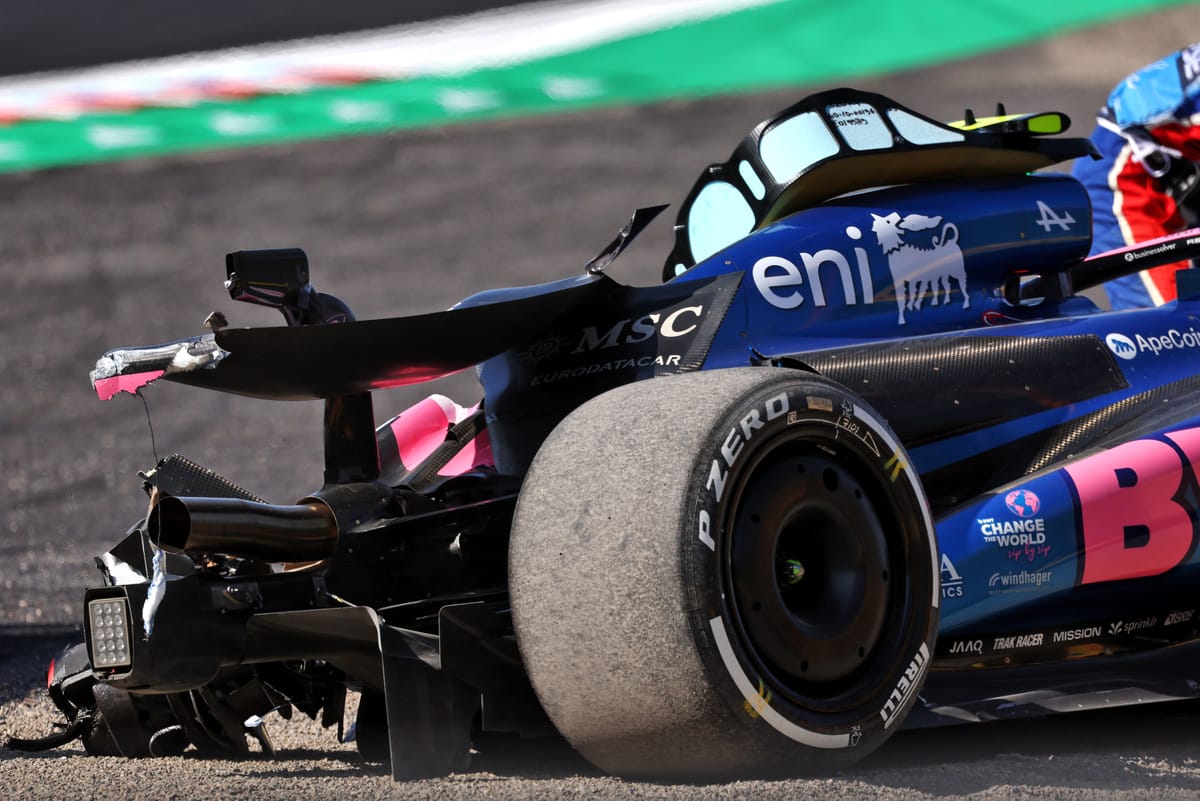F1 Drivers Demand DRS Change After Suzuka Crash: A Call for Safety Over Speed
The Japanese Grand Prix at Suzuka delivered breathtaking action, but also a terrifying crash involving several cars, sparking a heated debate amongst Formula 1 drivers about the deployment of the Drag Reduction System (DRS). The incident, which saw [mention specific drivers involved and a brief, factual description of the incident without sensationalism], has reignited the long-standing discussion regarding the safety implications of DRS, particularly in high-speed sections of the track.
The Suzuka Incident: A Catalyst for Change?
The collision, occurring [specify location on the track and approximate lap number], highlighted the inherent risks associated with the unpredictable nature of DRS overtaking. While the system is designed to promote closer racing and increase overtaking opportunities, its activation in densely-packed grids, especially on fast straights like Suzuka's, can lead to dangerous situations. Drivers are now arguing that the current DRS zones, particularly the one implicated in the Suzuka incident, need re-evaluation or even removal.
Several drivers voiced their concerns in post-race interviews, emphasizing that the current system prioritizes overtaking spectacle over driver safety. [Quote a relevant quote from a prominent driver]. This sentiment echoes similar calls from the past, suggesting that the debate around DRS safety is far from settled.
DRS: A Double-Edged Sword
The DRS has undeniably revolutionized Formula 1, increasing the number of overtakes and making races more exciting. However, its implementation has always been a compromise between enhancing spectacle and mitigating risk. The Suzuka crash serves as a stark reminder that this delicate balance might need readjustment.
- Increased Overtaking: DRS undeniably increases overtaking opportunities, making races more dynamic and engaging for viewers.
- Enhanced Spectacle: The close racing facilitated by DRS often leads to thrilling wheel-to-wheel battles, increasing the overall excitement of the sport.
- Safety Concerns: The increased speed differentials created by DRS, coupled with unpredictable activation, pose a significant safety risk, particularly in high-speed sections or when multiple cars are vying for position.
Potential Solutions and Future Outlook
The FIA, Formula 1's governing body, is likely to scrutinize the Suzuka incident closely. Possible solutions being discussed include:
- DRS Zone Modification: Adjusting the placement or length of DRS zones, particularly on high-speed straights, could reduce the risk of accidents.
- DRS Activation Restrictions: Implementing stricter conditions for DRS activation, such as minimum gap requirements or speed limitations, could enhance safety.
- Track Modification: While less likely in the short term, modifying the track layout itself could potentially alleviate the issues raised by the DRS.
The coming weeks and months will be crucial in determining the future of DRS in Formula 1. The drivers' concerns, amplified by the Suzuka crash, are putting pressure on the FIA to prioritize safety without sacrificing the exciting racing that DRS contributes. The outcome of this debate will have significant implications for the future of the sport.
What are your thoughts? Should the DRS be modified or even removed? Share your opinion in the comments below!
(Optional: Include links to relevant news articles, FIA statements, and driver interviews to further enhance the article's credibility and SEO.)

